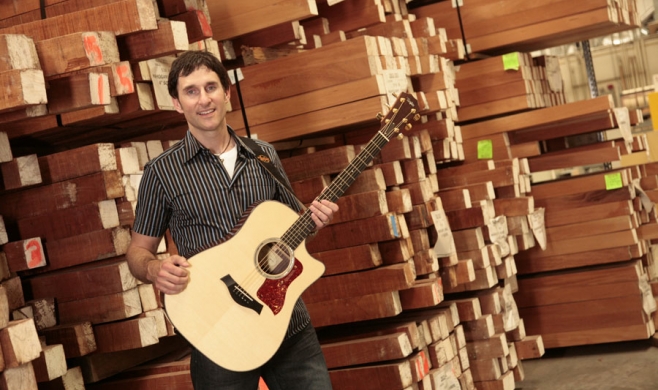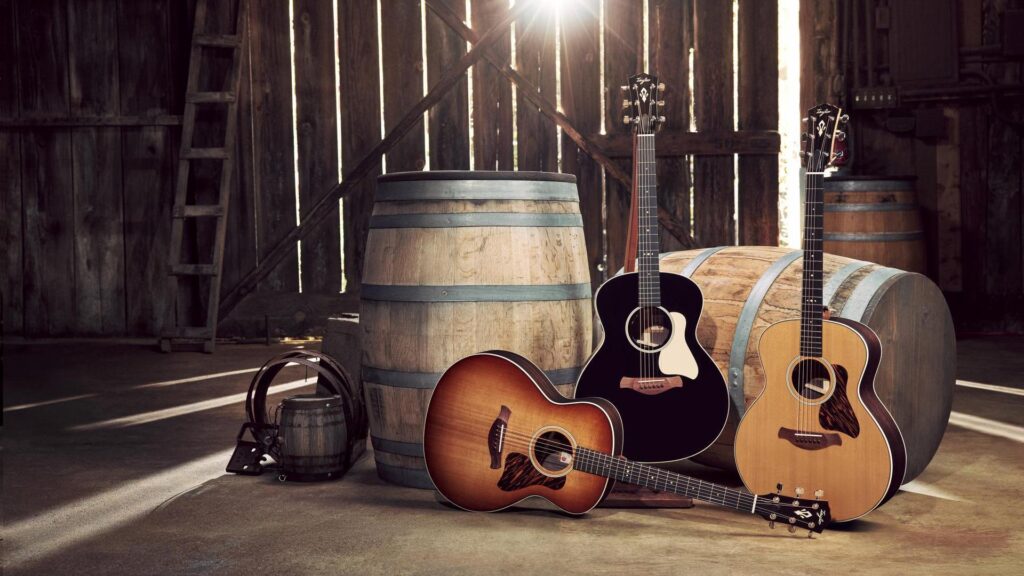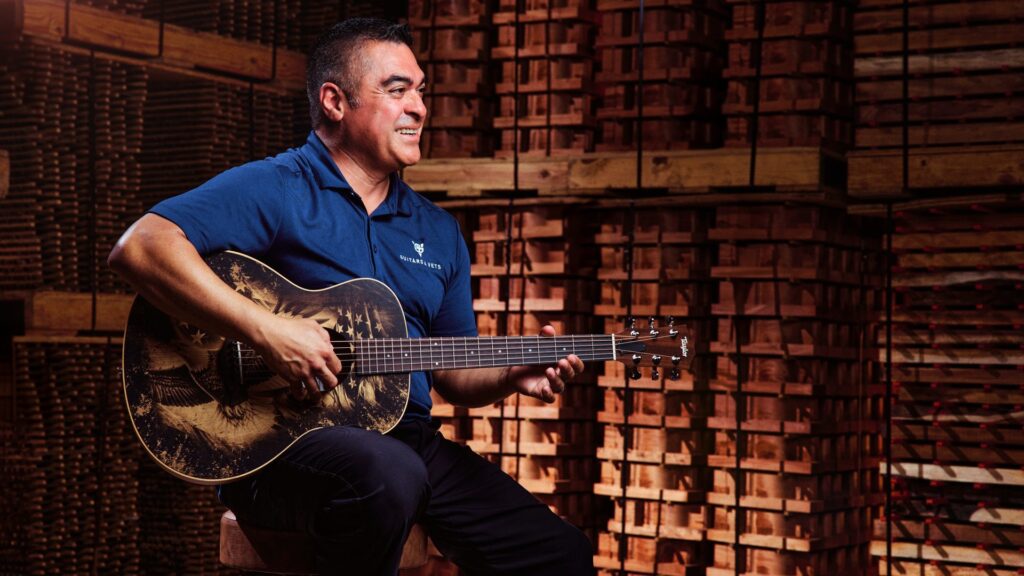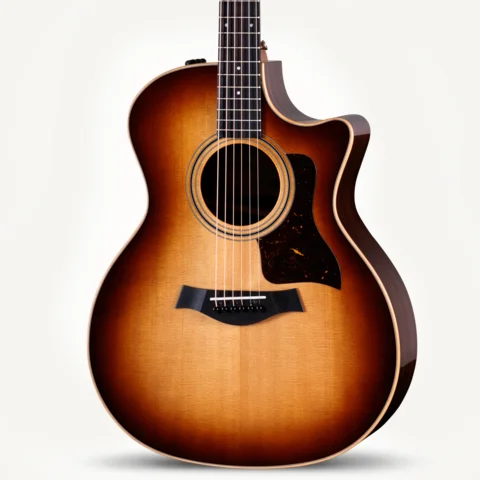Dave Carroll, the Canadian singer-songwriter of “United Breaks Guitars” fame has released the second video in the trilogy, “United Breaks Guitars: Song 2”. The second video and song details Carroll’s tenuous relationship with Ms. Irlweg, the United Airlines customer service employee who thwarted Carroll’s appeals.
The first in the trilogy, “United Breaks Guitars”, relates Carroll’s story of travel trouble as his guitar (710ce) was broken at the hands of United Airlines. As he tells it: “In the spring of 2008, Sons of Maxwell were traveling to Nebraska for a one-week tour and my Taylor guitar was witnessed being thrown by United Airlines baggage handlers in Chicago. I discovered later that the $3500 guitar was severely damaged. They didn’t deny the experience occurred but for nine months the various people I communicated with put the responsibility for dealing with the damage on everyone other than themselves and finally said they would do nothing to compensate me for my loss. So I promised the last person to finally say ‘no’ to compensation (Ms. Irlweg) that I would write and produce three songs about my experience with United Airlines and make videos for each to be viewed online by anyone in the world.” You can read more about Dave’s story by visiting www.davecarrollmusic.com
Taylor Offers Tips to Keep Your Guitar Safe when Flying:
Based on Dave’s experience and those of many other Taylor customers over the years, Bob Taylor put together a personal message to offer some helpful tips on travelling with a guitar and to reiterate Taylor’s service commitment to our customers:
Know the pertinent policies of the airline on which you are traveling. There are links to many of them on the AFM website, so print them out and take them with you. Many flight attendants do not know their own airline’s policy regarding carry-on guitars, so if you can calmly explain that your instrument is within their mandated guidelines, and actually show them those guidelines, you will be way ahead of the game.
Know your instrument’s size in linear inches, which is the sum of your case’s dimensions. If, for example, your case measures 20 inches long by 20 inches wide by 10 inches high, it would be 50 linear inches. Almost all airline maximum size dimensions use either Length-by-Width-by-Height, or linear inches. In many cases, even though your instrument case does not fit in the “size wise” metal contraption at the gate, it might well be within the linear-inch maximum. Again, know the linear inch measurement of your case beforehand.
Carry a “fabric” tape measure with you. Even if you never use it, sewing-type tape measure takes up almost no space and weighs almost nothing. And it might just come in handy if you’re challenged about your case dimensions.
To learn more about the TSA’s policies regarding musical instruments, please visit www.tsa.gov
Links:
Air Travel Tips
Taylor Service Packages

























































